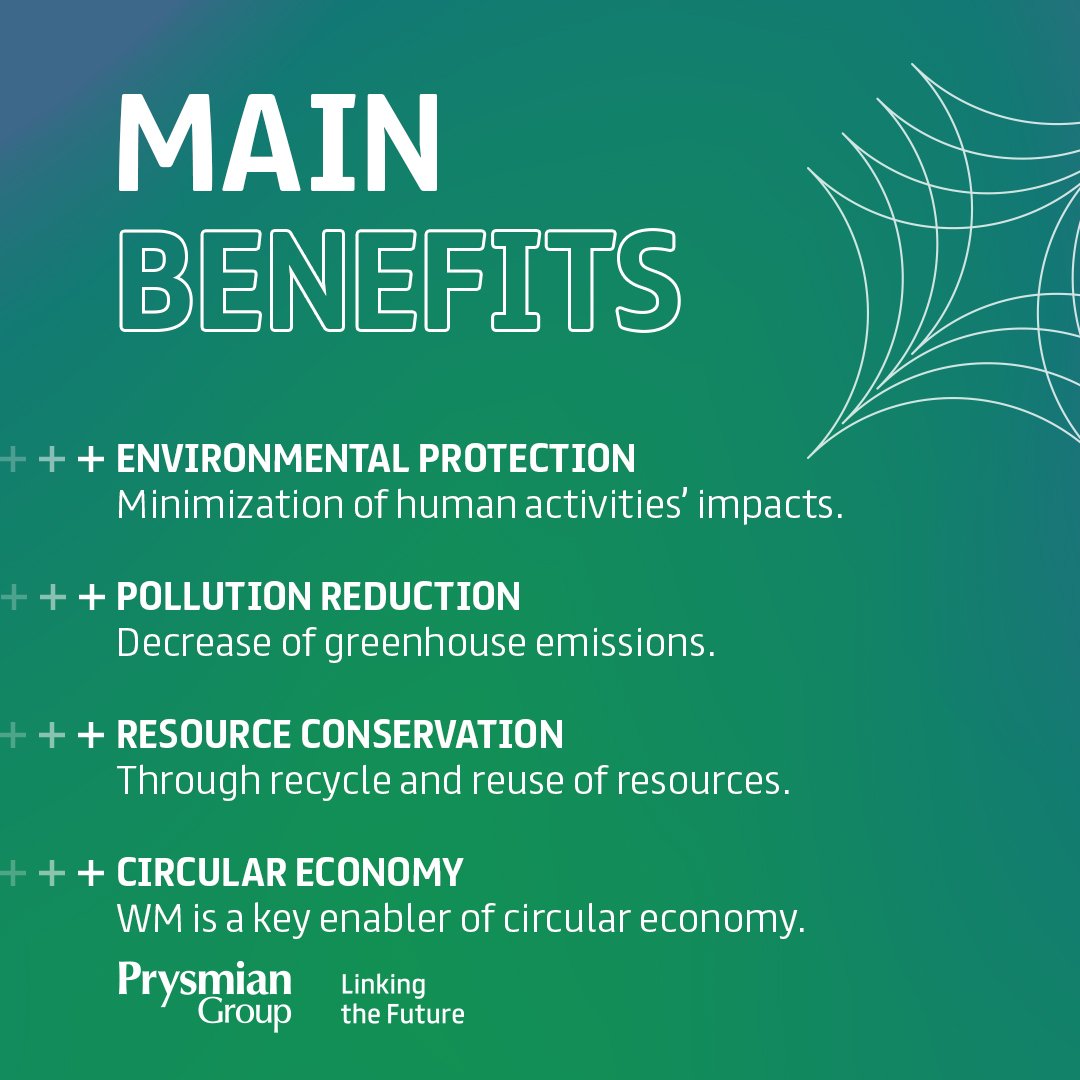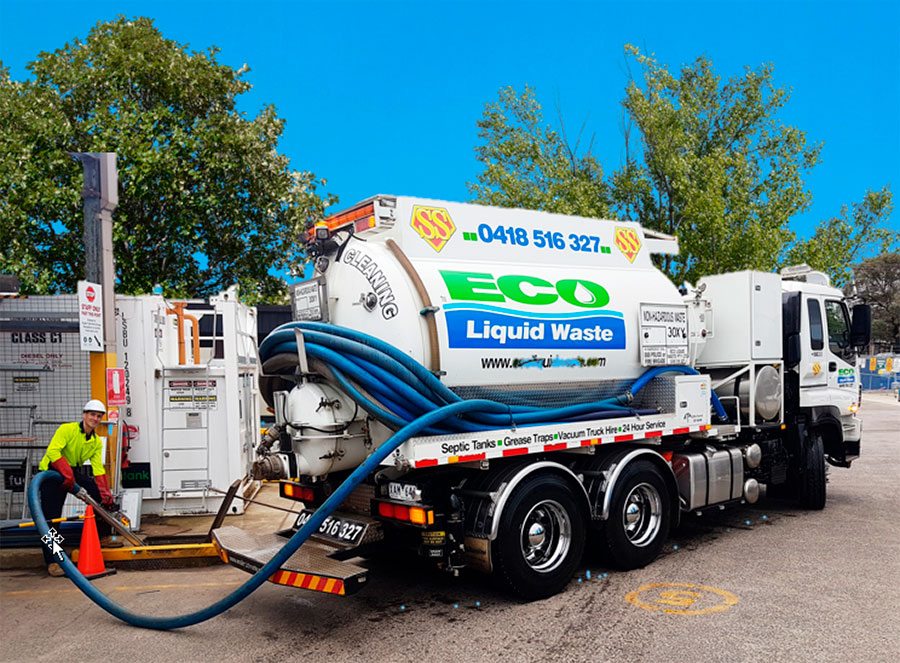The 8-Minute Rule for Reclaim Waste
The 8-Minute Rule for Reclaim Waste
Blog Article
A Biased View of Reclaim Waste
Table of ContentsWhat Does Reclaim Waste Mean?Reclaim Waste Can Be Fun For AnyoneReclaim Waste Can Be Fun For EveryoneSome Of Reclaim WasteThe Buzz on Reclaim WasteThe Facts About Reclaim Waste Uncovered

Never put unsafe materials down sinks, bathrooms or stormwater drains pipes Materials including gas, oil, oil, pesticides and herbicides, and solvents such as paint strippers should not be poured down sinks, commodes or stormwater drains pipes. These substances are tough to eliminate in the sewage treatment procedure and cause contamination problems in our local rivers.

Fluid waste is a term that covers a broad selection of products, there's an excellent reason why leaving its disposal to the specialists is advised. Liquid waste is non-solid product that has no additional use and needs to be dealt with and disposed of according to regional, state and federal guidelines.
Reclaim Waste for Beginners
Although examples of liquid waste can include wastewater, fats, oils or grease, made use of oil, liquids, solids, gases or sludges and dangerous home liquids, there are some that are thought about to be much more dangerous than others when it pertains to the atmosphere and the health of animals and people alike. It's consequently that each state and region have strict regulations connected to fluid waste administration.
Liquid waste can be saved in holding containers or packaged in drums, intermediate bulk containers or authorized small containers prior to either being dealt with or removed using outsourced vacuum cleaner trucks. Offered the nature of the products, liquid waste can not enter the general waste stream and there are rigorous guidelines on how to take care of it properly.
(https://moz.com/community/q/user/reclaimwaste1)Depending on a resolution of the degree of risk, it might be required to remediate those websites. Furthermore, harmful liquid chemical wastes are regulated waste and needs to be tracked according to the state waste regulations. Under the chain of custodianship and duties, owners are liable and accountable for waste created by a service.
One of the core applications for superabsorbent polymers (SAPs) is fluid waste solidification. liquid waste disposal. SAPs are utilized by waste administration experts to prevent potentially unsafe fluids from going into waterways, groundwater aquifers, and other delicate environments. Since fluids can rapidly deliver contaminants into ecological receptors and potentially contribute to geotechnical failings, fluid wastes are usually prohibited from disposal in landfills
The Ultimate Guide To Reclaim Waste
Primarily, cost-free liquids are liquids that divide from the strong section of waste product. Fluid waste can include the following: HDD mud and cuttings Landfill leachate Wastewater therapy sludge & biosolids Dredged debris Oil and gas drill cuttings Clearing up fish pond muck Hydro Excavation slurry Coal combustion residuals/ash Storage tank bottom sludge Concrete grinding/polishing slurry Related Post: For a sensible instance of cost-free fluids separating from waste material, think about the complying with scenario: A waste management contractor tons a dump truck with sludge from read the article a wastewater treatment plant's oygenation container, during a routine maintenance occasion.
Nevertheless, when the motorist shows up at the garbage dump, he notices water seeping from the sludge and putting from the dump vehicle. The load was denied by the garbage dump and the motorist was required to throw away the waste as a liquid waste at an unique facility, which enhanced the disposal fees tremendously.
We additionally require to be responsible for the correct disposal of our waste materials. It is not sufficient that we pay waste disposal business to take treatment of our rubbish.
All about Reclaim Waste

Segregating your waste can start inside the home. Segregate completely dry and fluid waste as well as edible waste, biodegradable and non-biodegradable products.
You can make use of old garbage can, bucket, garden pot or old plastic drums. Drill 4 to 5 holes in the container so the air can circulate. Layer all-time low with soil to take in the damp waste. Begin the composting procedure. Layer the compost with wet and dry waste in addition to dirt to keep an equilibrium between the wet and the dry.
3 Simple Techniques For Reclaim Waste
Cover the compost container. When a week, include dirt on top of the garden compost. To promote faster decomposition, you can additionally add semi composted soil to the compost. Keep the garden compost. If you observe the odor is becoming as well strong, include additional newspapers and paper waste or include even more openings to the compost container to keep the equilibrium of the waste products.
We also require to be responsible for the appropriate disposal of our waste products. It is not enough that we pay waste disposal firms to take care of our rubbish.
Our waste, our duty. Have you ever wondered what occurs to your fluid waste after it's accumulated? Did you recognize that liquid waste can be recycled?
The Reclaim Waste Diaries
Segregating your waste can begin inside the home. Set apart dry and fluid waste as well as edible waste, eco-friendly and non-biodegradable products.
Layer the bottom with soil to absorb the damp waste - industrial wastewater treatment. Layer the garden compost with wet and dry waste as well as soil to keep a balance between the damp and the dry.
Cover the garden compost container. Once a week, add dirt on top of the compost. To help with faster decomposition, you can additionally include semi composted soil to the compost. Keep the garden compost. If you notice the scent is ending up being as well strong, include additional papers and paper waste or add more openings to the compost container to keep the balance of the waste products.
Report this page